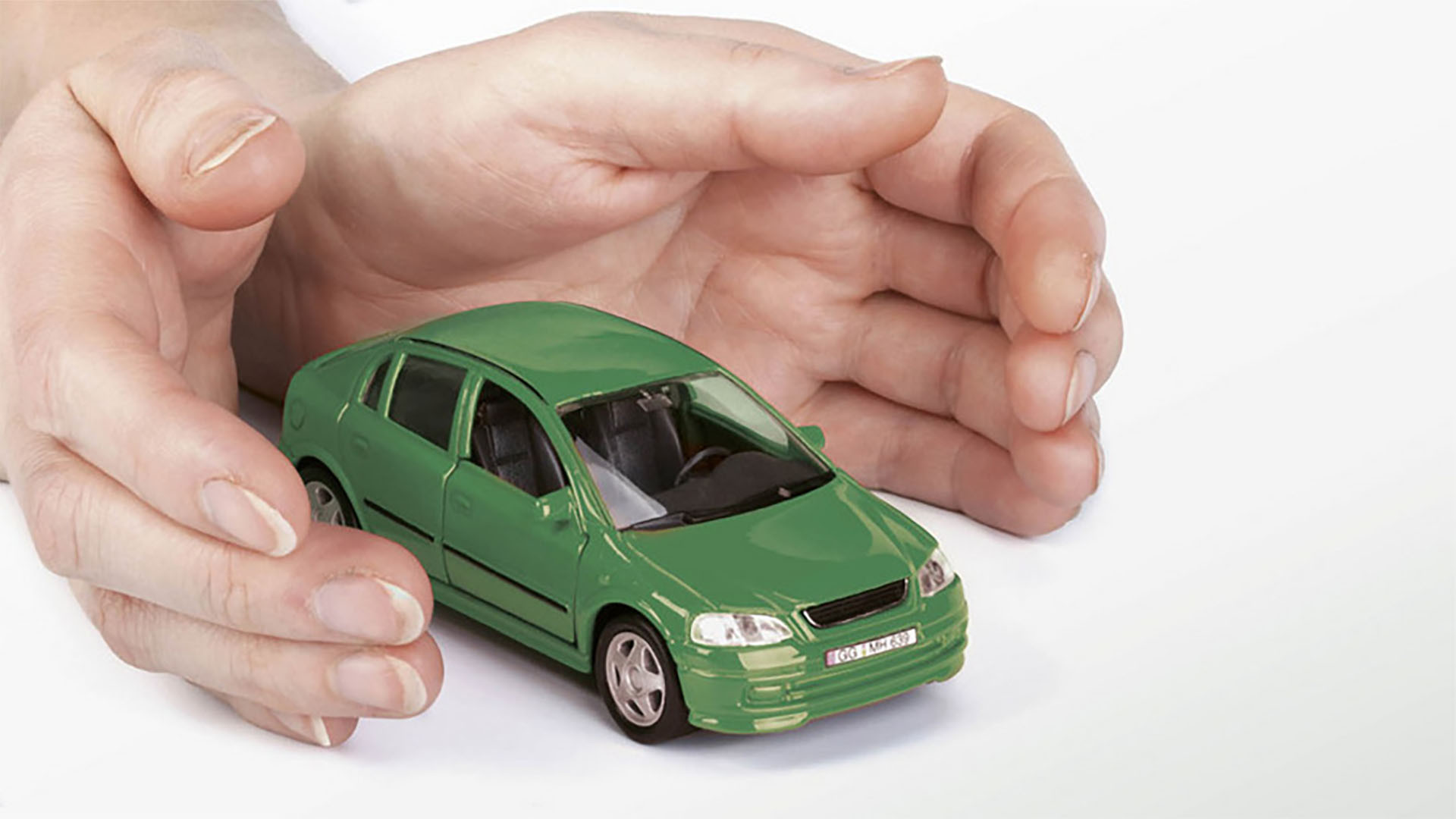
How can we know if our garage is really safe?
All garage doors currently available on the market, whether up-and-over or sectional, bear the CE mark and are declared to be safe. So it would seem only logical to assume that as long as the "two letter" mark can be seen on the door, we should feel protected against all risks. But if we wanted to check the effective safety of a garage door, what do we need to do?
Here's what you need to check, step by step.
One: ensure that the garage door is fitted with an anti-fall device, protecting against the risk of accidental closure of the mobile leaf. On an up-and-over door, this device acts on the suspension or balancing ropes. On a sectional door, the device acts on the shaft torsion springs.
The following points refer to power-operated doors, as when operated manually, the door can always be stopped.
Two: ensure that the garage door has no unprotected moving parts up to a height of 2.5 metres, above all inside, often subject to less attentive design by manufacturers.
Three: ensure that the minimum safety clearances between moving parts are maintained, such as between the mobile leaf and the frame of an up-and-over door, and that there is a rubber protective element between the edges of these parts, to prevent the risk of cuts or tears. The minimum safety clearances must also be observed between mechanical elements connecting the motor to the door to enable movement.
Four: ensure that the motor is equipped with a “force limiter”, which enables the motor to be stopped, with inversion of movement on detection of an obstacle.
And if we want to know more?
The legal provisions aimed at safeguarding users of garage doors (harmonised Product Standard EN 13241-1) are quite complex. Ballan SpA has drawn up a "layman's" brochure, with an overview and explanation of this important standard.